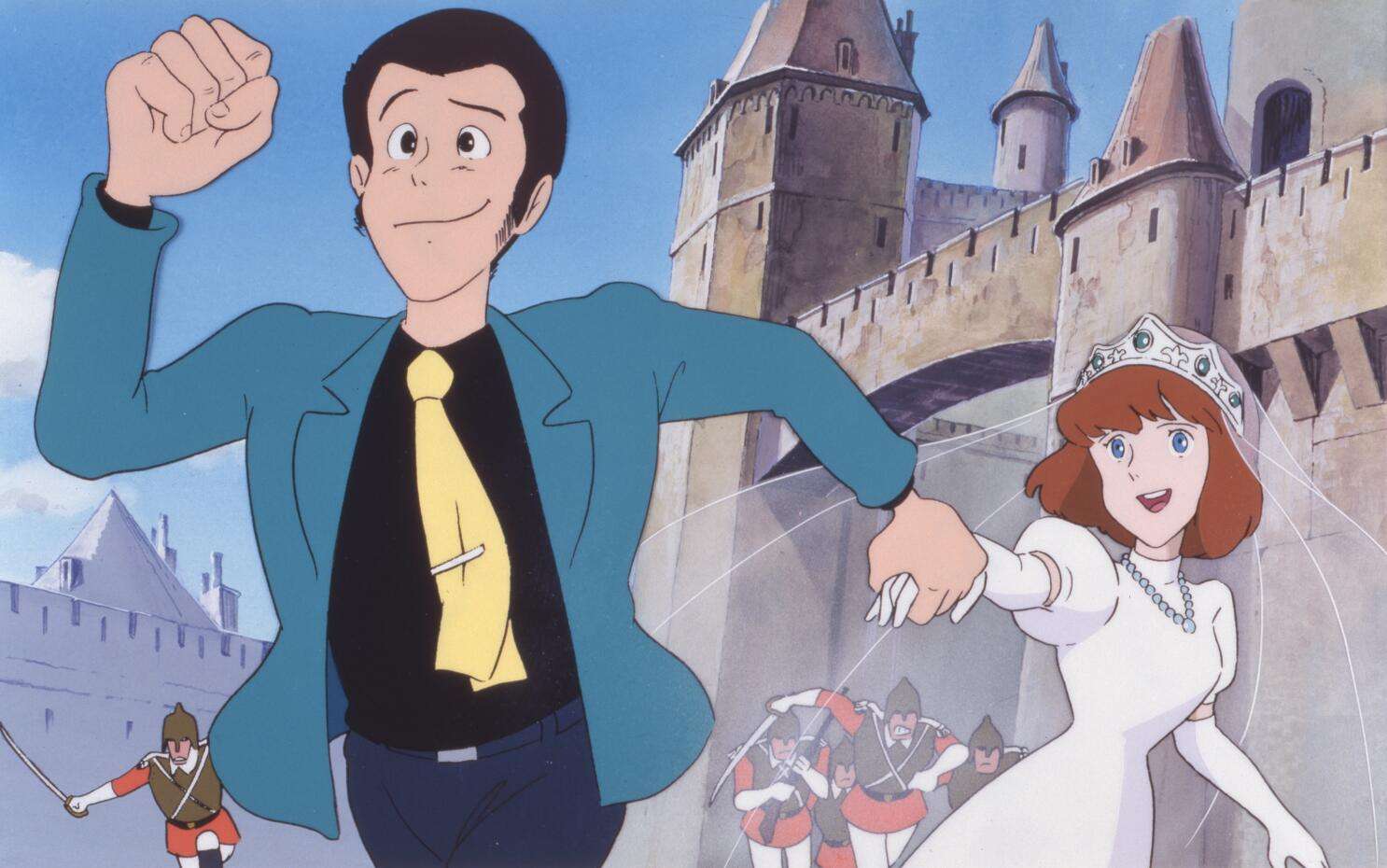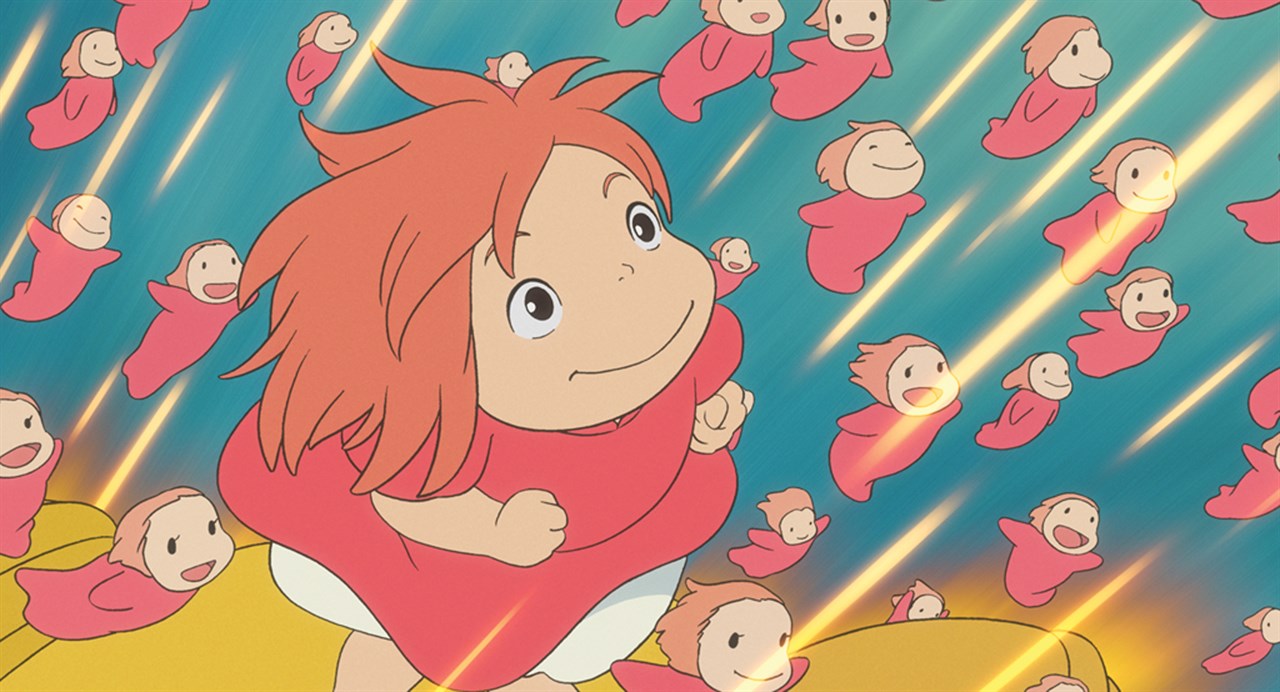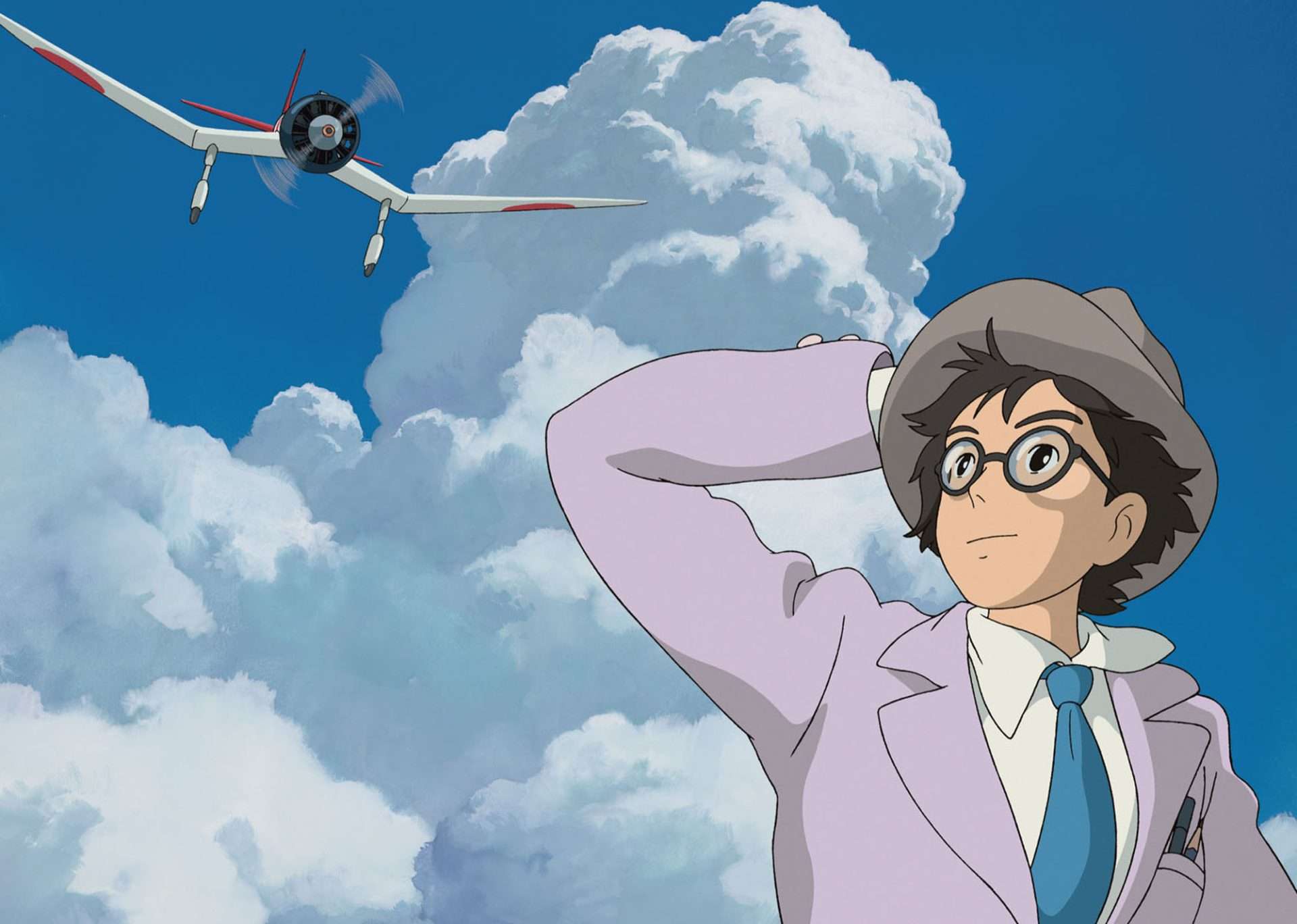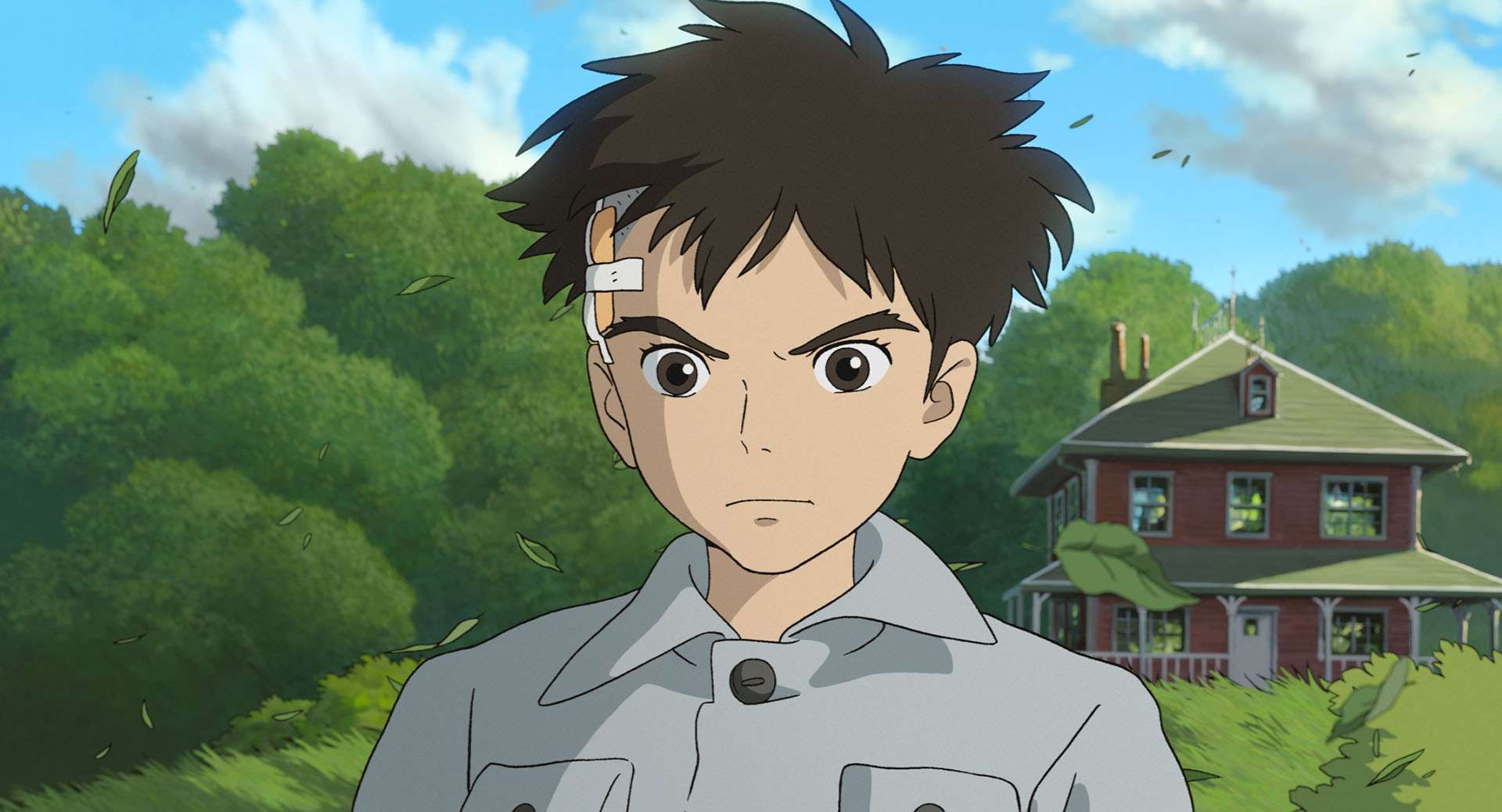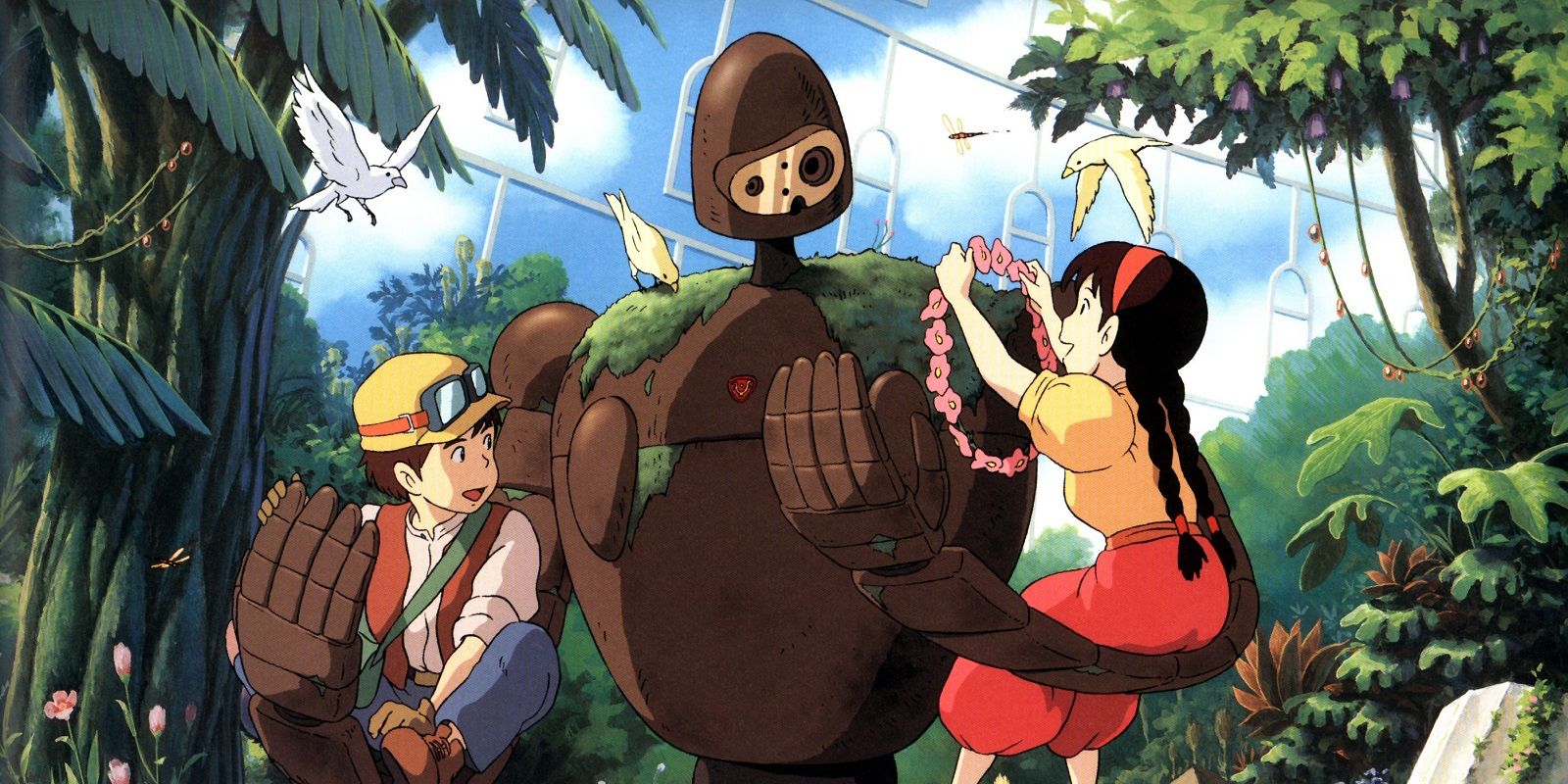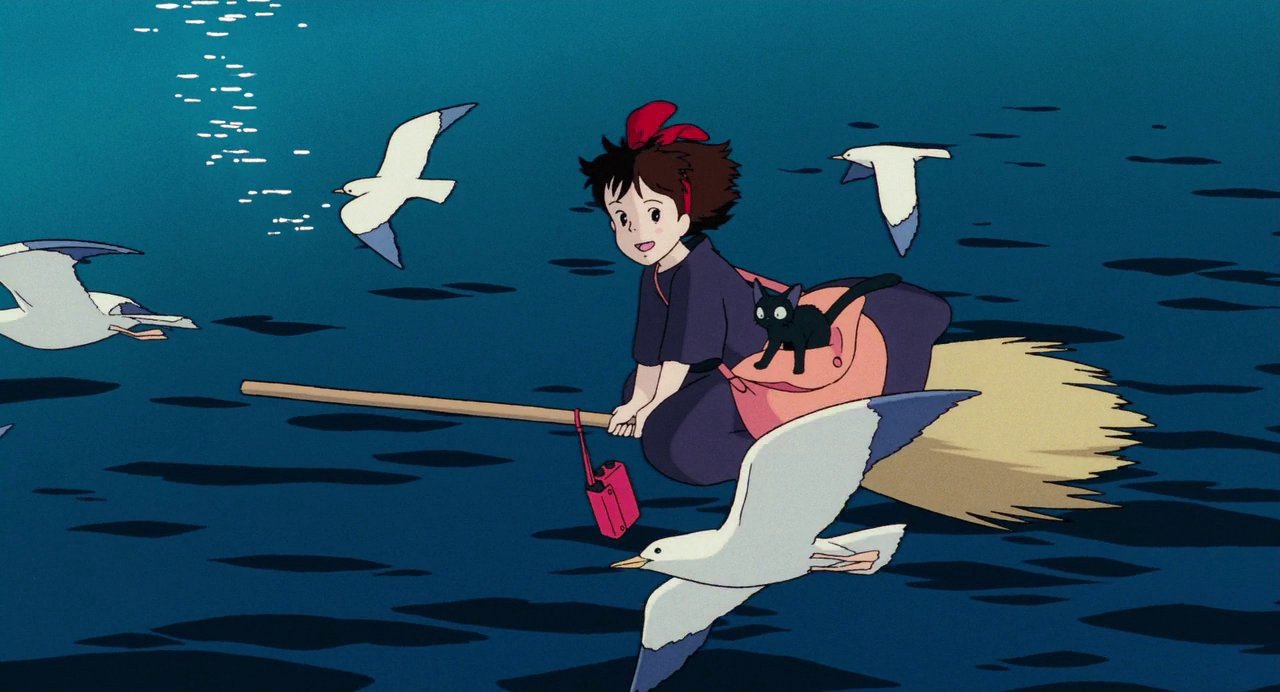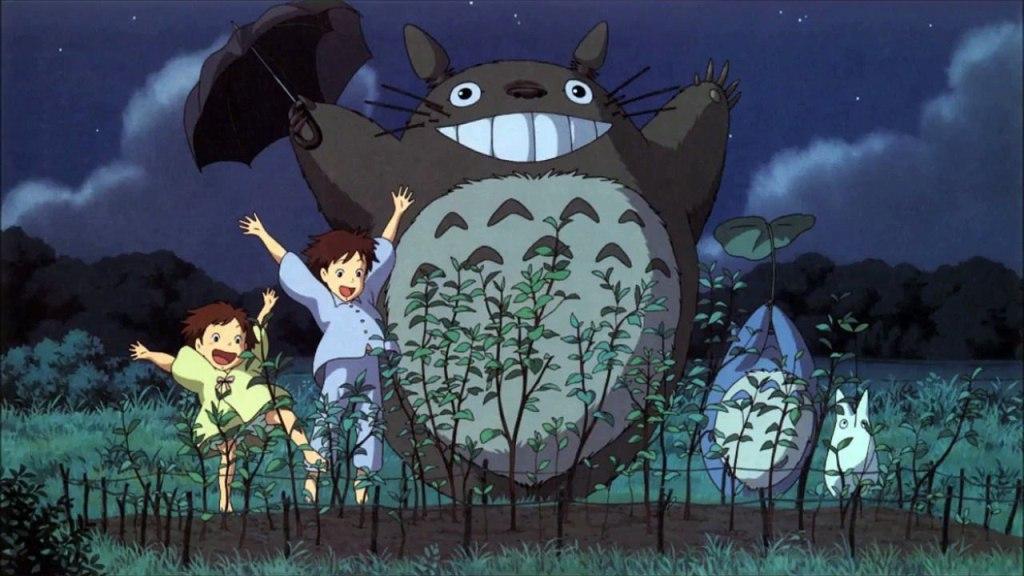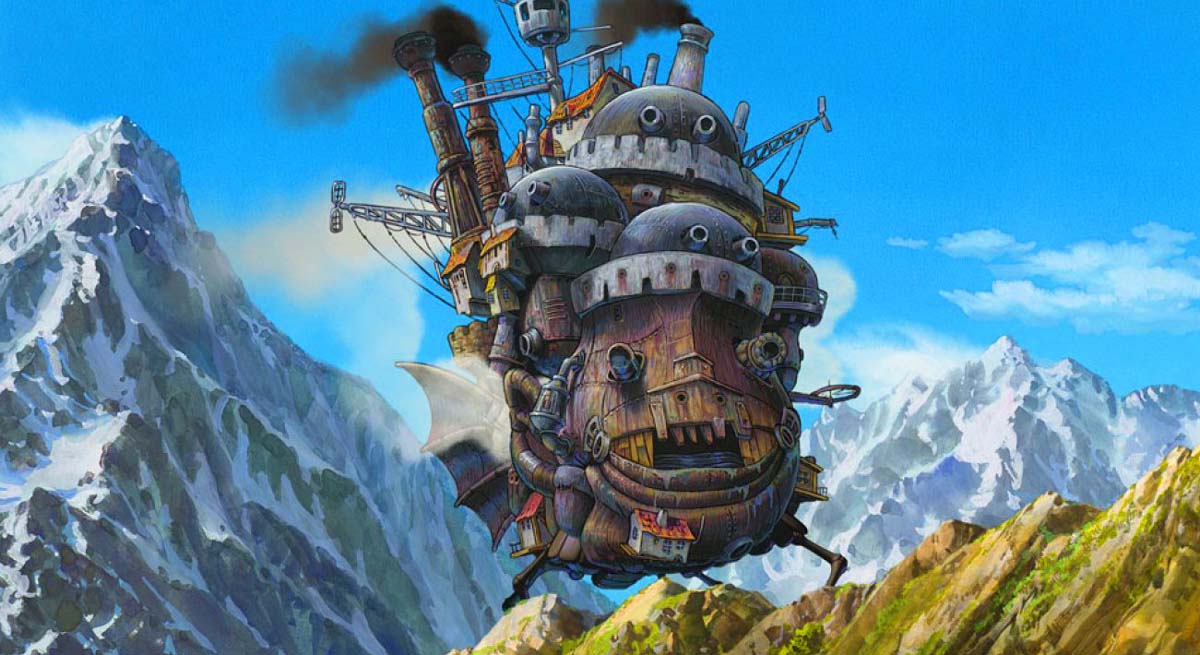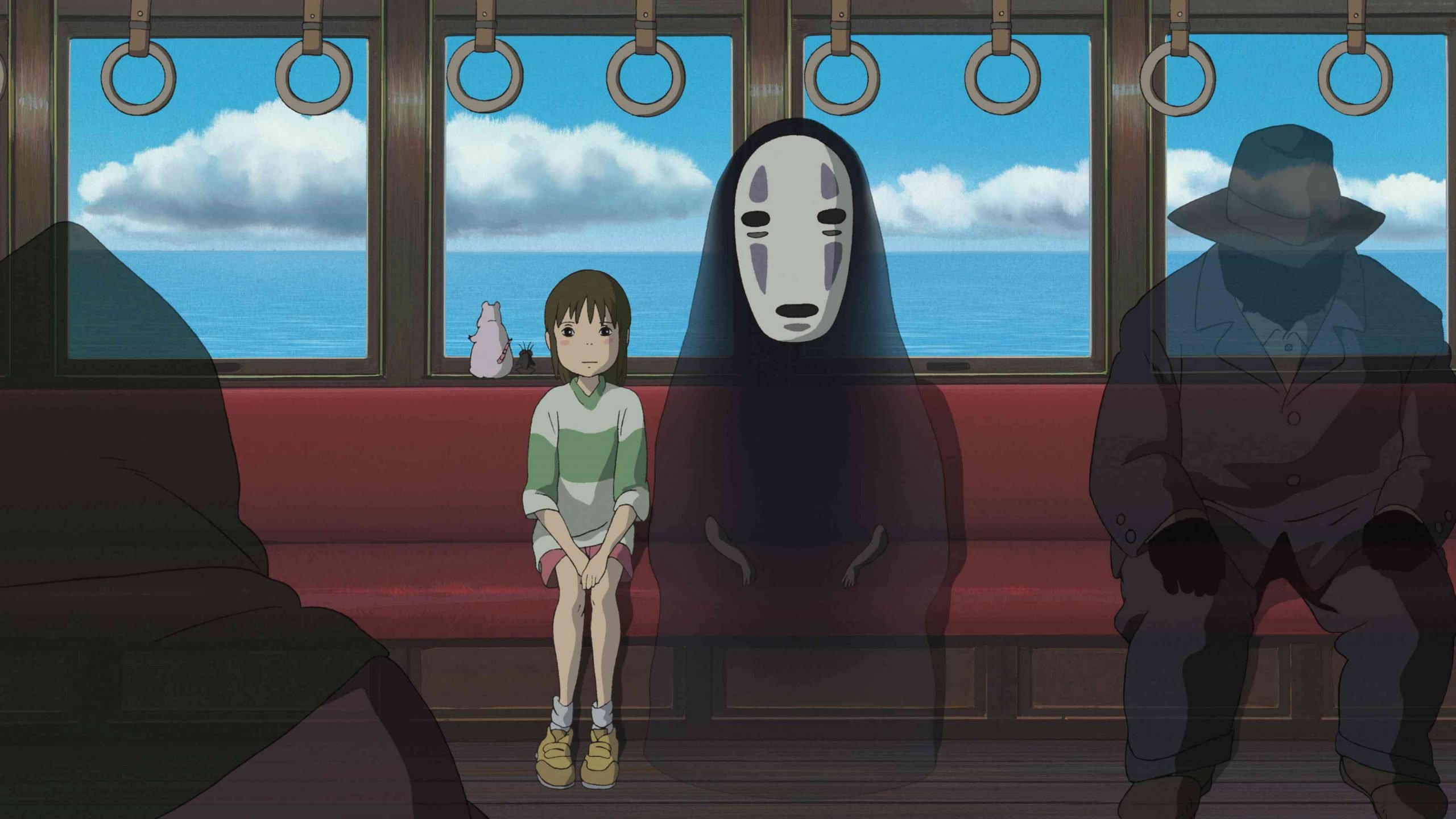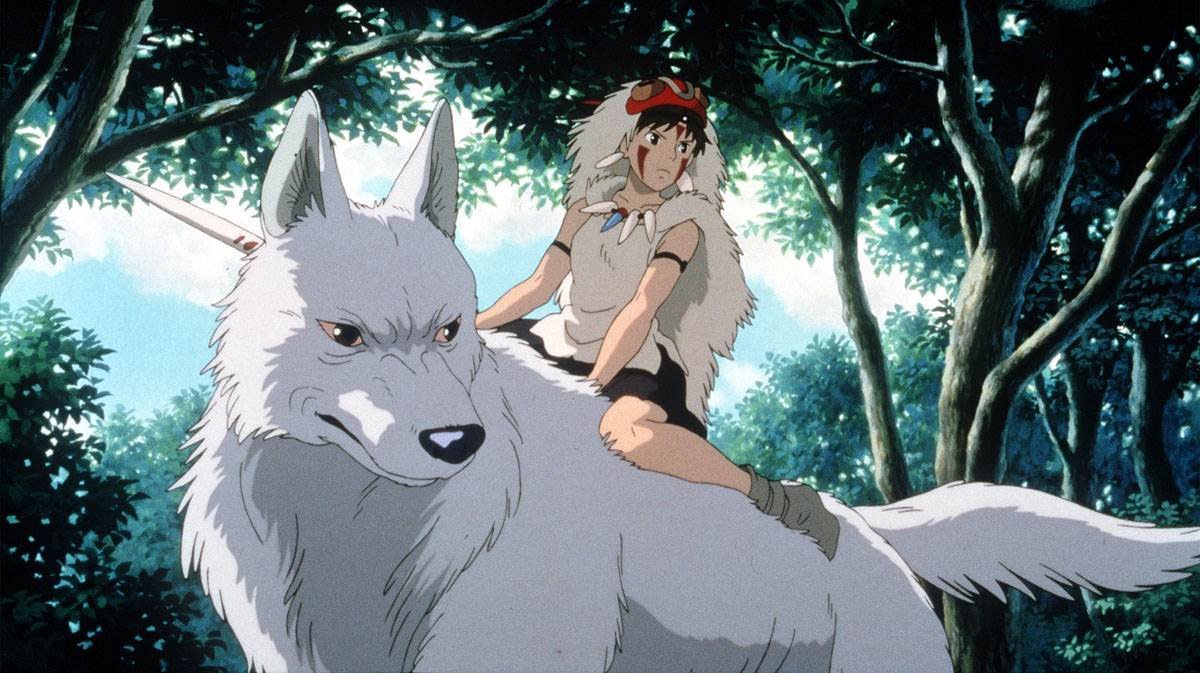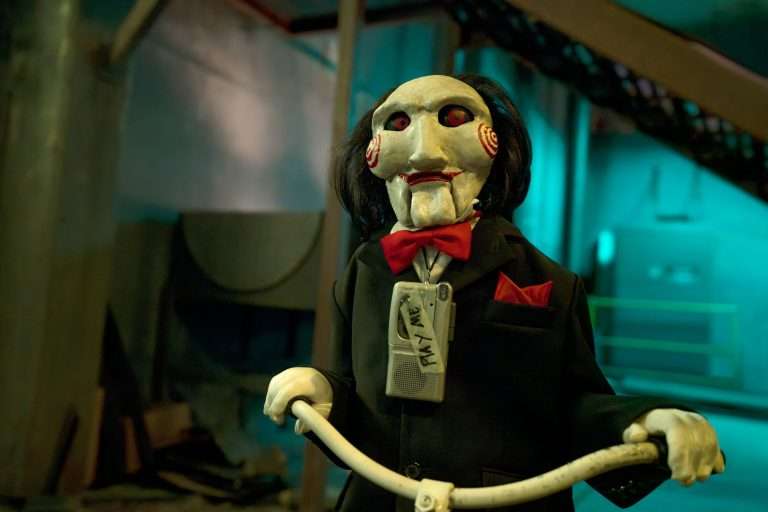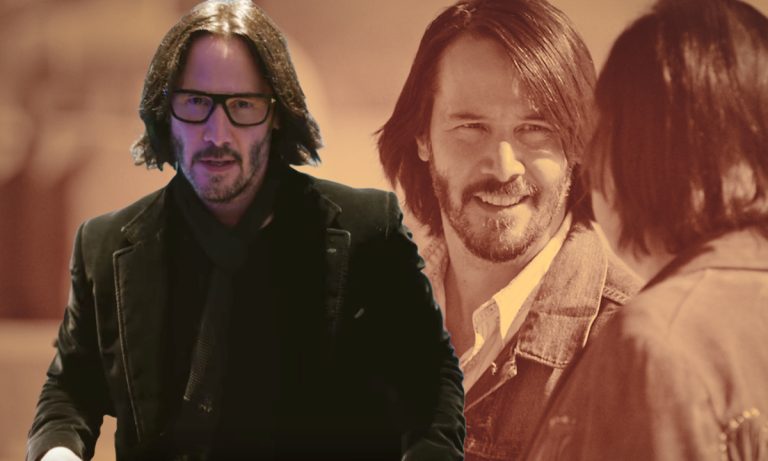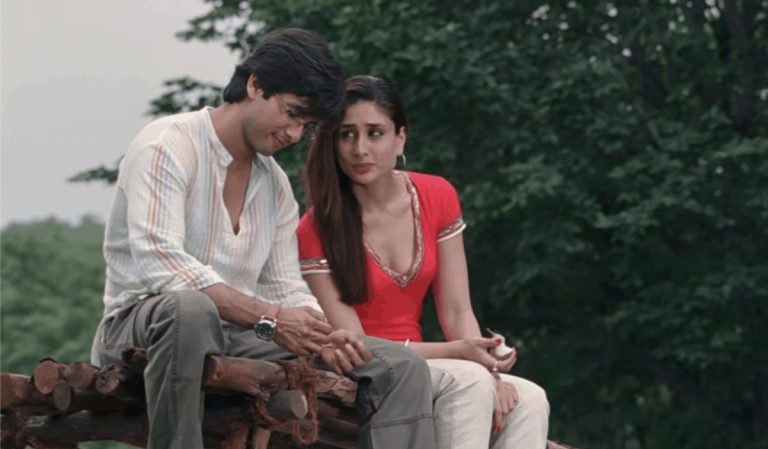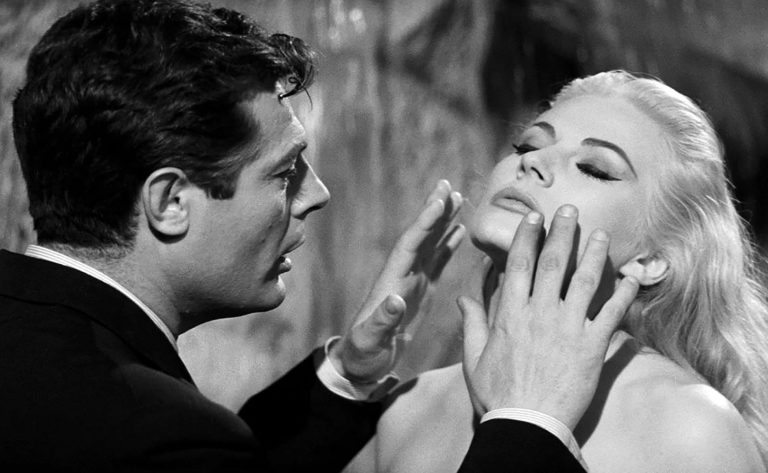“Over the last thirty years, Hayao Miyazaki (and his company Studio Ghibli) have given us some of the greatest movies that the world of animation has seen. The Japanese animator and storyteller started his journey as a television director back in 1971 and since then has transitioned into one of the best-animated filmmakers the world has ever seen. Over the years, his imaginative, vibrant, and other-worldly cinema has been a treat for audiences and cinephiles alike. Scroll through his filmography on Rotten Tomatoes, and you’ll not find any of his films that have been rated below 80%. It is a small sign of his worldwide stardom and how his movies have deeply impacted people around the world.
We focus on his directorial efforts, which started with the caper film “The Castle of Cagliostro” in 1979 to the so-called last film “The Boy and the Heron” in 2024. Believe me when I say this: it is impossible to choose the best from his genius filmography, where every film is an untouched animated classic. That being said, though all of Hayao Miyazaki’s films are at least ‘very good,’ some stand out as exceptional. Therefore, it is worthwhile to compare his movies across the decades to appreciate the varying levels of brilliance this legendary animator has achieved throughout his career, and I strongly hope that he comes back from retirement again and again!
12. Lupin III: The Castle of Cagliostro (1979)
“The Castle of Cagliostro” draws its primary inspiration from the original Lupin III series, retaining all key characters and significantly elevating the franchise’s quality. The TV shows, perceived as subpar and unsuccessful by the aging fan base, were reportedly unpopular in Japan upon their release. Contemporary movies have been a mix of hits or misses, presenting some elements of the original cast and offering a more polished, albeit mainstream, experience. Case in point, “The Castle of Cagliostro” is widely regarded as the most authentic animated representation of the Lupin franchise.
The action-packed heist film, co-written by Miyazaki and Haruya Yamazaki, begins with Lupin III and his partner Daisuke Jigen speeding away from a successful casino robbery, only to discover their loot is a mountain of high-quality counterfeit bills. Determined to uncover the source of the fake currency, Lupin, and Jigen turn their attention to the tiny nation of Cagliostro, reputed to be the origin of the counterfeits. Before long, the duo finds themselves entangled in a grander scheme involving a ruthless count, a hidden family treasure, and a captivating princess. Miyazaki infuses his artistic sensibilities and masterful touches into the narrative, including some beautifully painted backdrops of nature and impressive architecture.
Though it is a fun and visually stunning adventure, “The Castle of Cagliostro” is thematically slim compared to the auteur’s later works. The fact is that it is simply an older film and the visual quality doesn’t stand up to today’s standard (the colors are not that rich and vibrant as compared to the current animation style). “The Castle of Cagliostro” is thoroughly enjoyable but sort of an overstuffed, forgettable, cartoonish caper film. Nevertheless, it sets the foundation for Miyazaki’s works that will follow and gives us a glimpse of what the master of animation had in store for us.
11. Porco Rosso (1992)
This animated 1992 adventure introduces us to an unlikely hero: a portly, chauvinistic seaplane pilot with the head of a pig. Yes! You read it right, a pig! Once an ace fighter pilot, Porco/Marco abandoned the Italian military and now works freelancing. He makes his living as a bounty hunter based on an island in the Adriatic. The film works admirably well as a depiction of a sort of Bogart-esque cynical hero who believes that he’s only out for himself but who gradually shows his heroic side via a series of adventures.
Amidst all this, he meets an innocent and talented young female engineer, Fio, with whom he flies and gets entangled in an old rivalry with another pilot. The animation is delightful, colorful, and detailed, with the flying sequences in seaplanes exhilarating and providing a skydiving spectacle. “Porco Rosso” is a broad comedy with a melancholy edge, exploring themes of sorrowful masculinity and displaced heroes. It’s solid Miyazaki, although he has reached greater heights both before and since this venture.
10. Ponyo (2008)
“Ponyo,” with its poetic flow and fairy-tale tone, can be described as a fascinating and bizarre take on “The Little Mermaid.” The anime tells the story of Sosuke, a 5-year-old boy who finds a goldfish on the beach trapped in a jar. This goldfish is Ponyo, and she is a half-fish/half-human daughter of the sea. She befriends Sosuke and gains the ability to transform between a human and a fish.
With a simple narrative and other-worldly charm, “Ponyo” caters more to the younger audience. As is the case with Miyazaki’s films, mood and texture take the upper hand over the plot. The fluidity of his hand-drawn animation dazzles every time, and it’s no different here. The undersea visuals are just gorgeous to look at, and coupled with Miyazaki’s delightful eccentricity, they elevate “Ponyo” to the level of fantastical.
9. The Wind Rises (2013)
“The Wind Rises” presents a relatively straightforward dramatized biography of Zero fighter plane designer Jiro Horikoshi during World War II. The film has a bleak historical canvas and controversial subject matter, with many claiming that it sympathizes with a warmonger who built killing machines, although the movie takes flight with its ambition and imagination.
“The Wind Rises” is more of a grown-up feature in contrast to the childlike joys of its predecessors like “Ponyo” and “Howl’s Moving Castle.” Miyazaki doesn’t try to whitewash the warfare executions of Jiro’s creative designs and instead sticks close to Jiro’s journey, which spans his dreams, his schooling, the trip to Germany, and his relationship with Nahoko. The director has spent his entire directing career articulating his feeling for flight as a romanticized experience full of wonder and awe. This film is a prime example of that. “The Wind Rises” would have acted as a fittingly bittersweet swan song for director Hayao Miyazaki. Still, it is always good to have another one from him, right?
8. Nausicaa of the Valley of the Wind (1984)
Set in a post-apocalyptic landscape, poisonous gas and a creeping jungle with giant bugs threaten to wipe out whatever is left of humanity. The titular character, Nausicaa, is a free spirit who rides the sky and gets caught between the warring factions struggling for survival. “Nausicaa of the Valley of the Wind” pitches themes and ideas that will become a trademark of Miyazaki’s films: an environmental communique, a strong female protagonist, and hyper-detailed fight sequences.
This is Miyazaki’s second feature as a director, but it is so sprawling and vividly imaginative that it feels something ahead of its time. The plot here contains abundant mythology, and it does concern the basic good vs. evil tone. However, given its moral complexity, it is not depicted in the simplest of ways. “Nausicaa of the Valley of the Wind” is not only a splendidly done animated movie but an equally phenomenal piece of sci-fi eco-fable.
7. The Boy and the Heron
The film marks an impassioned return of one of cinema’s most revered filmmakers, who came out of retirement to tell one of his most personal stories yet. Miyazaki’s “The Boy and the Heron” is strikingly gorgeous and a whimsical fantasy tackling the themes of loss and grief. The flourishing orchestral score by Miyazaki’s regular collaborator, Joe Hisaishi, only elevates the innovative storytelling and visuals. Before diving into the nether realm, the backdrop of the movie is 1940s war-torn Japan. The boy of the title is a 12-year-old Mahito who loses his mother in a hospital fire after a bombing raid. A year later, Mahito and his father relocate to the countryside, where his father works in a factory and is now married to Mahito’s aunt, Natsuko.
Pregnant and eager to please, Natsuko faces Mahito’s anger and grief as he is haunted by visions of his mother consumed in flames. Their new home is peculiar, featuring a mysterious tower and a pesky gray heron that seems to taunt Mahito. He tries to ignore it until Natsuko goes missing. Following the heron, Mahito discovers the strange underworld and its weird and fantastical creatures, which are a sight to behold. Amidst all this transition, the plot becomes a bit incoherent and cumbersome, but the animation still feels hypnotic. After a quieter first half, the second half is where Miyazaki runs wild with his trademark imagination. The narrative becomes an existential quest and a journey toward emotional revelation for Mahito, who has an unlikely companion in the Heron.
“The Boy and the Heron” took its Japanese title “How Do You Live?” from a 1937 novel, which is symbolic as a pertinent question that Miyazaki seems to ask his audience frequently. The film might not be clear with the answer, but it definitely tempts its audience to be conscious of their failures and yield to the unimaginable wonders that await them. Now that the film exists, it is hard to imagine Miyazaki not making it, and it is undoubtedly a valuable addition to the masterful storyteller’s artistic canon.
6. Castle in the Sky (1986)
The first one from Studio Ghibli’s kitty, “Castle in the Sky,” is certainly Miyazaki’s most rip-roaring action-adventure. One that competes with any present-day biggie for visual extravaganza and dazzling set pieces. The plot brings together a young girl, Sheeta, who has a magical amulet in her possession that allows her to float in mid-air, and Pazu, a boy in a small mining town who’s committed to taking to the skies and finding the legendary lost flying city of Laputa that his father once found. Together, they outrun pirates and government thugs in airships to return the fallen Highness Sheeta to her place in the sky.
With its fast-paced sequences and battles, “Castle in the Sky” will remind you of many other swashbuckling adventure sagas. Miyazaki goes full ballistic here with a heady mix of comedy, romance, and nonstop spectacular action scenes. A film that levels action and adventure with moments of introspection and broad comedy with instances that are genuinely moving, it’s a worthy and fantastic addition to Miyazaki’s illustrious history.
Also, Read – 40 Years Later: Star Wars Holiday Special (1978)
5. Kiki’s Delivery Service (1989)
“Kiki’s Delivery Service” immaculately fuses elements of fantasy and a relatable coming-of-age story. It follows the titular Kiki, a young witch who has reached the age of 13 and is expected to leave her home and live on her own in another city as per tradition. Accompanied by her cynical cat Jiji, and with a wobbly hold of broomstick aviation, she winds up starting an airborne delivery service for a bakery and befriends and falls for a local boy who is obsessed with aviation.
“Kiki’s Delivery Service” gently raises universal coming-of-age issues such as independence, insecurity, and sexuality. It is probably one of Studio Ghibli’s more simplistic films about a young girl learning to believe in herself and overcome her insecurities while finding a place in an unknown world. Nevertheless, the film is downright charming and very sweet-natured. Although the conflicts are relatable, perhaps the lack of whimsical drama makes it feel a little uneventful in places. Moreover, while, as usual, beautiful (not least in the stunning flying sequences), it doesn’t come across as Hayao Miyazaki’s most distinguishing feat of world-building.
4. My Neighbor Totoro (1988)
This might be Miyazaki’s most iconic work to date, partially because the character of Totoro, a giant, magical rabbit/cat creature, has become the de facto mascot for Studio Ghibli. “My Neighbor Totoro” is set in post-war Japan, in a rural village, and tells the story of two sisters, Satsuki and Mei Kusakabe, who, along with their father, move into a new house near the forest so they can be closer to their ailing mother. Readjusting to the unfamiliar surroundings, they encounter a host of cuddly forest spirits, invisible to the grown-ups.
Totoro is a definitive work of imagination and might be the most genuine, lovable creation in movie history. At times, the film feels like a delicate illustration of the atmosphere that captures the wonders of childhood with sweeping strokes. The design work on the magical creatures is nothing less than miraculous, and the magical realism tone is surreal, to say the least. This heartwarming family fantasy is a recommended portal to the rich, bright, hand-drawn universe of Miyazaki.
Also, Read – 25 Feel-Good Movies and where to Watch them during self-quarantine
3. Howl’s Moving Castle (2004)
Loosely based on the book by English author Diana Wynn Jones, “Howl’s Moving Castle” is a treat to the eyes and a tremendous visual achievement. It tells the story of Sophie, a young milliner who has a spell cast upon her, making her old. She then falls in love with a handsome yet troubled wizard during the time of war. This backdrop of ambiguously defined boundaries of good and evil is what gives the film its unique structure.
Hayao Miyazaki publicly stated that the film responded to the widely unpopular Japanese involvement in the Iraq War. It was also called ‘the strongest anti-war statement’ at the Venice Film Festival, where it debuted. But given all this subtext and the fact that this is not the weirdest or purest echo of the director’s filmmaking, it is still one hell of a ride with all the fabulously imagined visuals (the design of the castle itself is absolutely stunning), and some wacky and richly imagined side characters.
Also, Read – Paths of Glory (1957): An Anti-War Anthem
2. Spirited Away (2001)
Acting as a variation on a classic fairy tale, “Spirited Away” takes the basic premise of Alice in Wonderland and mutates it into something fantastic, uncanny, and unique. It follows the story of Chihiro and her parents, who are turned into pigs while eating at a restaurant in an abandoned theme park. Subsequently, she drifts into an alternate universe where everything seems to be disguised as something else. The spoilt ten-year-old then takes a job in a bathhouse that is owned by a wizened old crone and pledges to end her parent’s nightmare.
Odd and hauntingly beautiful, “Spirited Away” is a testament to Miyazaki’s mastery as a storyteller. The coming-of-age narrative is never overshadowed by the magical realm with all its magic and menagerie of creatures. While capturing the moment of fresh-faced adulthood, Miyazaki and his hyper-detailed art uplift Spirited Away into a masterwork. It is this detailing that makes it a dazzling and gorgeous piece of cinema.
Also, Read – The 15 Best Movies About the Working Class
1. Princess Mononoke (1997)
Hayao Miyazaki takes a bold stride into a more primal and mature realm of animation with “Princess Mononoke.” The film throws open the doors to a world teeming with breathtaking visuals and otherworldly creatures unlike anything audiences have ever witnessed. This fantastical tapestry serves as the backdrop for a profoundly insightful and thrilling exploration of real-world issues that resonate deeply. From the very first scene, Miyazaki plunges us into a world where the boundaries between reality and imagination blur, leaving us breathless and eager to delve deeper into this captivating tale.
“Princess Mononoke” tells an epic story set in medieval Japan at the dawn of the Iron Age when Gods and Demons are locked in a struggle to take control of the unspoiled forest. The story follows Ashitaka, a young warrior who is cursed and banished from his village, after which he journeys to the forests. There, he meets the titular princess and falls for her while the war wages between humans and forest spirits. The concept of man vs. nature is not new to the film industry. But boy, has it been executed as well as it has been here by Miyazaki. “Princess Mononoke” is absolutely enchanting and breathtakingly beautiful and probably the finest impression of Miyazaki’s visual creativity. Personally, it is my favorite anime of all time and one of the best animated movies the world has seen till now.


